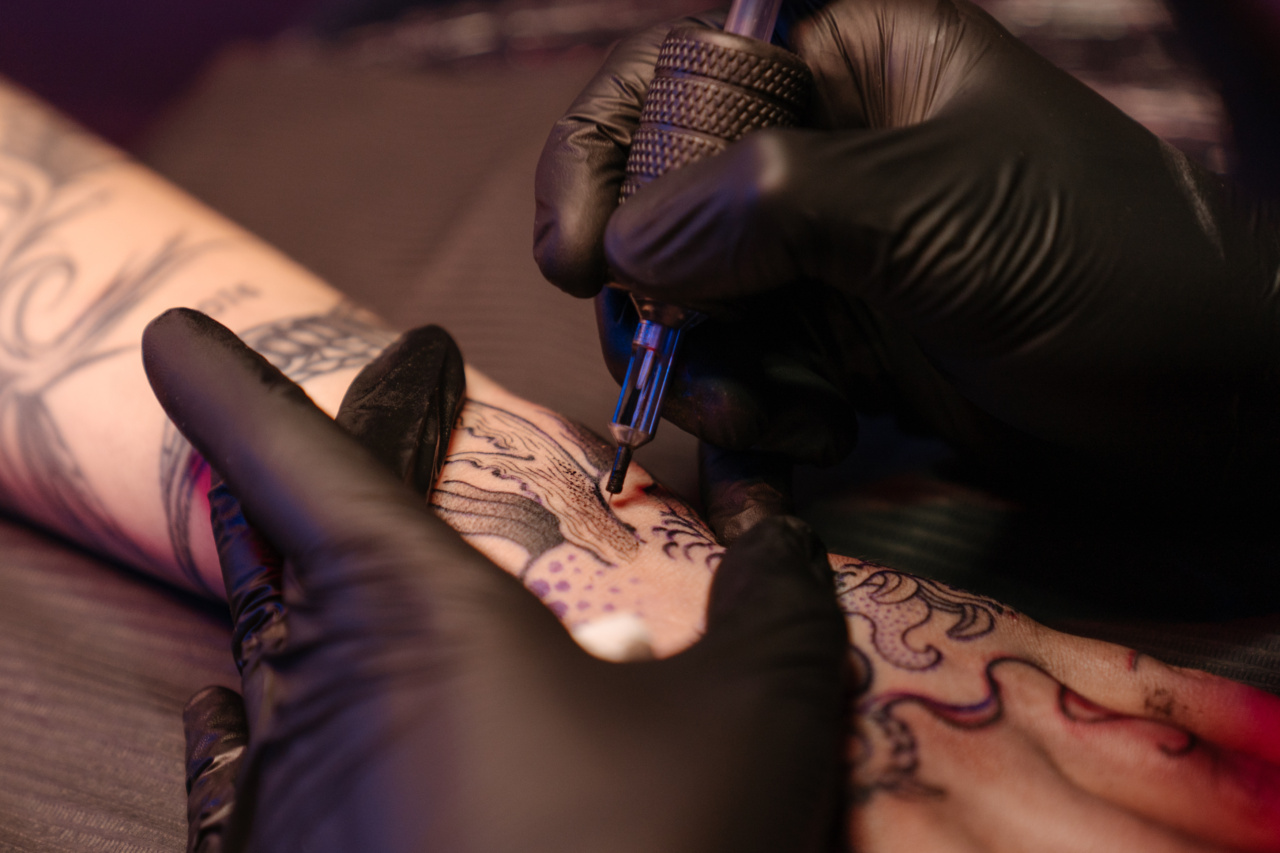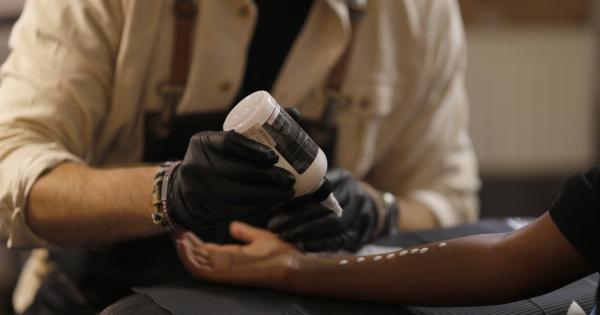Tattoos are an ancient art form that have been used to express individuality and creativity for thousands of years. However, it’s not uncommon for people to regret their decision to get a tattoo.
Whether it’s due to a change in taste or a desire to remove a former lover’s name, tattoo removal has become increasingly popular. While it’s not always easy to remove a tattoo, there are a variety of methods available to help you get rid of unwanted ink.
The Need for Tattoo Removal
The process of getting a tattoo involves injecting ink deep into the skin using a needle. Over time, the ink eventually becomes permanent as it settles into the lower layers of the skin.
While tattoos can be beautiful and hold great personal meaning, they can become problematic if you have a change of heart. In some cases, the tattoo may be in a visible location that negatively affects your employment prospects or personal life. In other cases, the tattoo may simply no longer resonate with you and you want it gone.
Whatever your reason, tattoo removal is a viable option for removing unwanted tattoos.
Types of Tattoo Removal Techniques
There are several different tattoo removal techniques available, each with its own unique set of advantages and disadvantages. The main types of tattoo removal techniques include:.
Laser Tattoo Removal
Laser tattoo removal is a popular and effective method for erasing tattoos. The laser works by breaking down the ink pigments, which are then absorbed by the body and removed via the lymphatic system.
The number of treatments required depends on the size and color of the tattoo, but most tattoos require several treatments to achieve full removal. Laser tattoo removal can be painful, but most people find it tolerable with the use of numbing agents or cooling devices.
Intense Pulsed Light (IPL) Tattoo Removal
Intense pulsed light (IPL) tattoo removal is another type of tattoo removal that uses light energy to break down the ink pigments. IPL is less effective than laser tattoo removal and may require more treatments to achieve full removal.
However, IPL is often less painful than laser treatments and can be used on a wider range of skin types and colors.
Saline Tattoo Removal
Saline tattoo removal is a natural and non-invasive tattoo removal option that involves injecting saline solution into the tattooed area.
The solution binds with the ink pigments, causing them to rise to the surface of the skin where they can be gently removed. Saline tattoo removal can be less painful than other methods and is often used for people with sensitive skin or allergies to other tattoo removal methods.
Excision Tattoo Removal
Excision tattoo removal involves surgically removing the tattooed skin and stitching the remaining skin together. This method is typically used for smaller tattoos and is not recommended for large or complex tattoos.
Excision tattoo removal can be effective, but it is also the most invasive and can result in scarring or other cosmetic issues.
Dermabrasion Tattoo Removal
Dermabrasion tattoo removal involves using a high-speed rotary tool to “sand” away the top layers of the skin. This method can be effective for removing tattoos, but it can also be painful and may not be suitable for all skin types.
Dermabrasion tattoo removal can also result in scarring or discoloration of the skin.
Cryosurgery Tattoo Removal
Cryosurgery tattoo removal uses extreme cold to freeze the skin and break down the ink pigments. This method is less invasive than surgical techniques but may require multiple treatments to achieve full removal.
Cryosurgery tattoo removal can also result in scarring or other skin damage.
Tattoo Removal Aftercare
After undergoing tattoo removal, it’s important to take steps to care for the treated area to ensure that it heals properly. This may include avoiding direct sunlight, keeping the area clean and dry, and protecting it from injury or irritation.
Your tattoo removal provider will provide specific aftercare instructions based on the method used and the size and location of your tattoo.
The Costs of Tattoo Removal
Tattoo removal can be expensive, with costs ranging from a few hundred to several thousand dollars depending on the size and complexity of the tattoo and the method used for removal.
Some insurance companies may cover the cost of tattoo removal if the tattoo is negatively impacting your health or employment prospects. However, many insurance plans do not cover cosmetic procedures like tattoo removal, so you should be prepared to pay out of pocket for this procedure.
The Importance of Choosing the Right Tattoo Removal Provider
Choosing the right tattoo removal provider is critical to achieving the best possible results.
It’s important to choose a provider who is experienced and trained in tattoo removal techniques and who uses the latest technology to ensure the best possible outcomes. You should also seek out a provider who offers a range of tattoo removal options to help you find the method that is best suited for your needs.
Conclusion
Tattoo removal can be a complex and delicate process, but with the right provider and the right technique, it is possible to remove unwanted tattoos safely and effectively.
Whether you are looking to remove a small, simple tattoo or a larger, more complex design, there are a range of tattoo removal options available to help you achieve your goals.

























